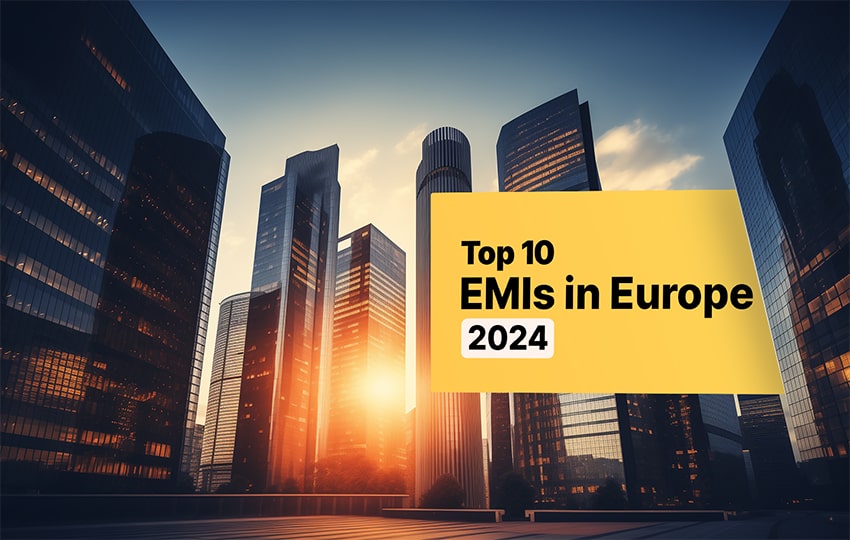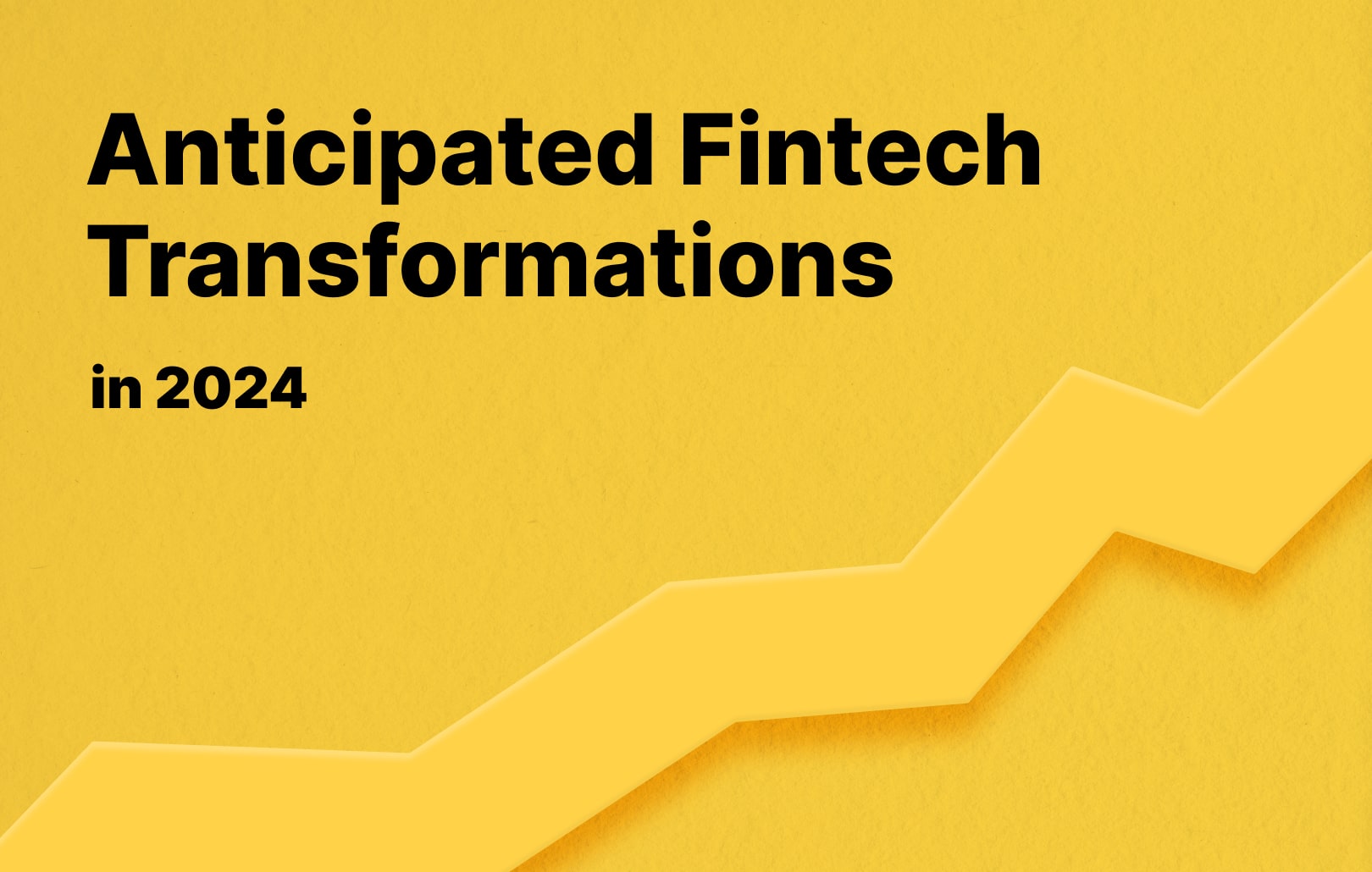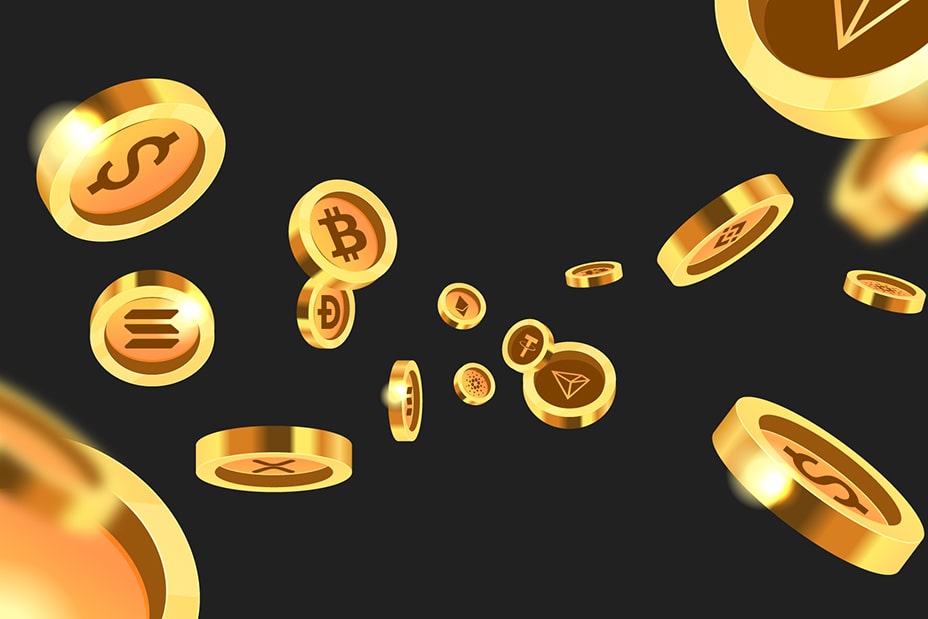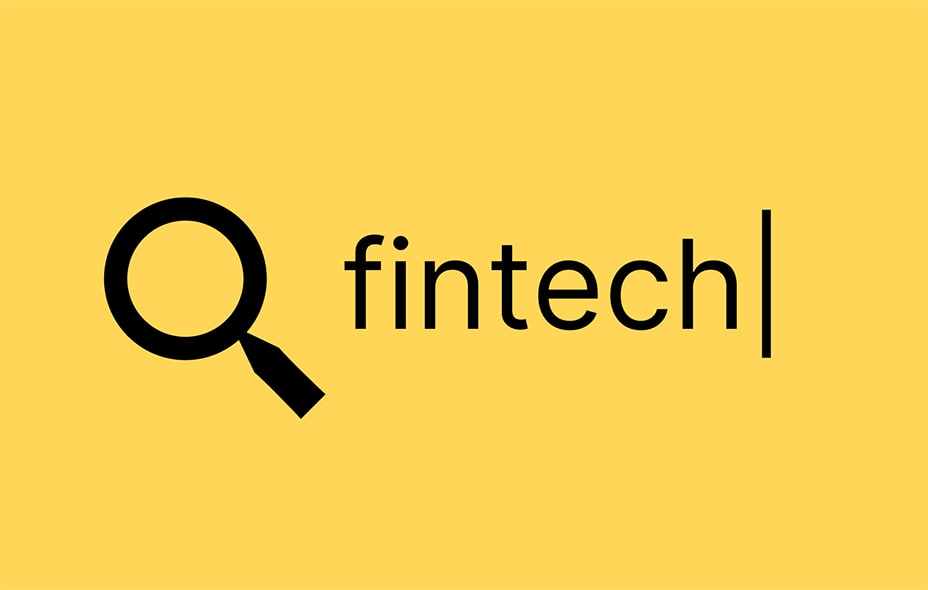Biggest Payment Innovations
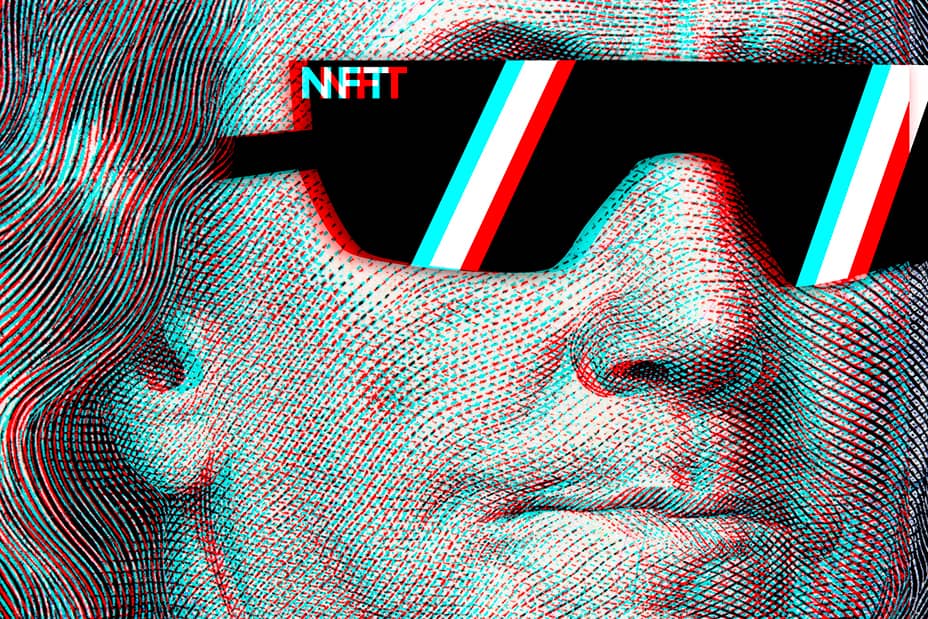
At first glance, it may seem that fintech is a term just for payment technology. This is partly true, although this definition is much deeper if you study its history. Let’s discuss methods to both send and receive payments, buy now pay later (BNPL), early paydays and others. Let’s take a look at some of the most interesting news and payments innovations in the last 12 months.
Single-use card numbers
After the pandemic the number of online transactions has increased significantly. On the contrary, the need in a physical card has decreased. The possibility to open quickly a virtual card for a contactless transaction has made digital wallets more popular than ever. But the flip side of the coin is the rapid card fraud growth. Single-use card is a huge innovative step forward in the fintech field as it provides a revolutionary solution for users’ card data protection.
Advanced payment gateway
Because of dated e-commerce payment gateways financial companies lose millions of dollars in lost revenue. There was clearly a long-standing need to improve the payment system for online shopping. Unreasonably high commission (from 2% to 8% percent) for each transaction for the sale to debit and credit card, e-wallet and BNPL facilitators was paid by merchants. Much of this is often passed to consumers.
Online financial market operators have simplified the payment process and reduced the fees through open innovation banking. E.g., Volume uses the variable recurring payment mandate and speeds up open banking-enabled direct account-to-account (A2A) online payments. So, there is no need to use expensive intermediaries, simplification of data processing and the number of transaction steps reduction leads to commission cutting itself.
NFC, Geo-Fencing and BNPL
Focus on users’ personal convenience is definitely a center of attention in fintech marketing.
One of the biggest breakthroughs in fintech is the ability to download a virtual credit/debit card and make payments through NFC technology. You can pay with your mobile phone wherever you are. Customers also get some sense of control and transparency receiving a real-time report on payment details.
Geo-fencing is one more innovation helping reduce the chance of fraud. Users can set their own geo-fencing while traveling. They can activate and deactivate their card for some regions and feel safer. This function is a big step ahead and it increases trust in the payment infrastructures.
‘Buy now – pay later’ or BNPL is a type of short-term financing allowing consumers to make purchases and pay for them at a future date. This service is getting more and more popular as it allows you to meet your needs right this moment.
New authentication technologies
Security is a key factor in choosing a bank or payment operator. Fraud is growing with the development of technological solutions in online banking. It is important to have personal data protection systems always one step ahead of fraud. We are all used to fingerprint ID, ‘selfie pay’ (even with face masks now). More advanced multi-layered security digital ID pass are coming soon. In a while such technologies like behavioral biometrics (the way you type, swipe, or hold your phone), vein mapping or heartbeat analysis will be implemented.
Payments in developing countries
Surprisingly, the most technological solutions are happening not in the USA or other developed countries, but in Nigeria. Moreover, all the fintech technologies are used or tested in Nigeria over the last year. There’s even a fintech association in Nigeria. Developing countries are getting more investments in digital technology solutions developing.
Small digital payments growth
The fintech industry seems to be at the peak of its development. There exists an immature need to have a choice of several different instant payment methods to reduce consumers’ risks. Digital payments transformation leads to a change in people’s behavioral preferences. Small payments up to $ 25 were mostly made in cash. Now, consumers are convenient to make digital instant transactions of all values at physical and online stores. But small payments have higher transaction fee. Also, chargebacks for small value purchases, increase in fraud transactions, lag in settling the funds with the credit card network create problems for merchants.
The revolutionary dynamics of high-performance technologies development, biometrics/NFC and other advances in banking innovations face new challenges. Time is money, that’s why the banking industry is looking for real-time payments decisions. The crypto industry has found the solution for real-time transactions, but the crypto market is still in its infancy in the United States. RTP Network was introduced by The Clearing House to make real-time payments and settlement. It is a significant breakthrough for the payment industry in the US as it helps increase cash flow with less risks for merchants at the same time. RTP Network will be a significant impetus for new high-performance distributed ledger technologies creation, like Hedera Hashgraph.
Increasing in the use of digital wallets and electronic payments can lead to mechanical typing errors. QRcode і NFC are two convenient technologies for consumers to get rid of slow, error-prone web address or digits typing on the phone. QR-code provides easy access to link by the camera on your phone. Exact web location is read and directed to your wallet to make a transaction. The convenience of QR-code at the point of sale (POS) or on the website is that it contains an invoice, the merchant detail and other necessary information for payment. This technology makes online shopping easier and safer than ever.
